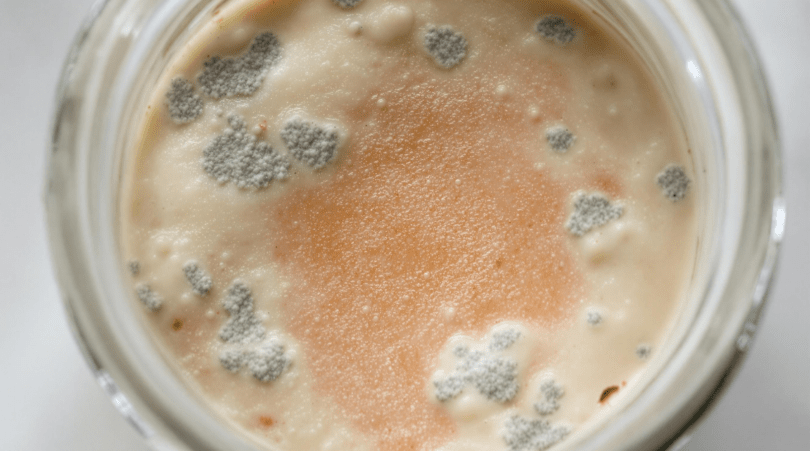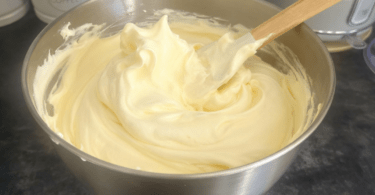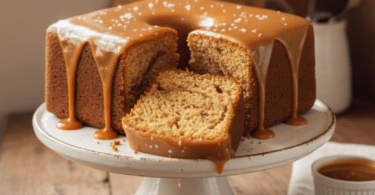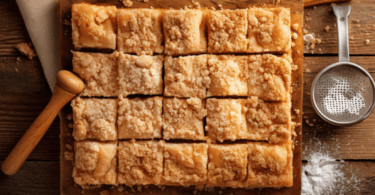Is This Mold on My Sourdough Starter? How to Identify, Fix, and Prevent It
Table of Contents
What Is Mold on a Sourdough Starter?
Mold on a sourdough starter can appear as fuzzy patches, discolored spots, or streaks. It’s often black, green, blue, or pink and typically grows on the surface or edges of the starter. Mold indicates contamination and is a sign that your starter may not be salvageable.
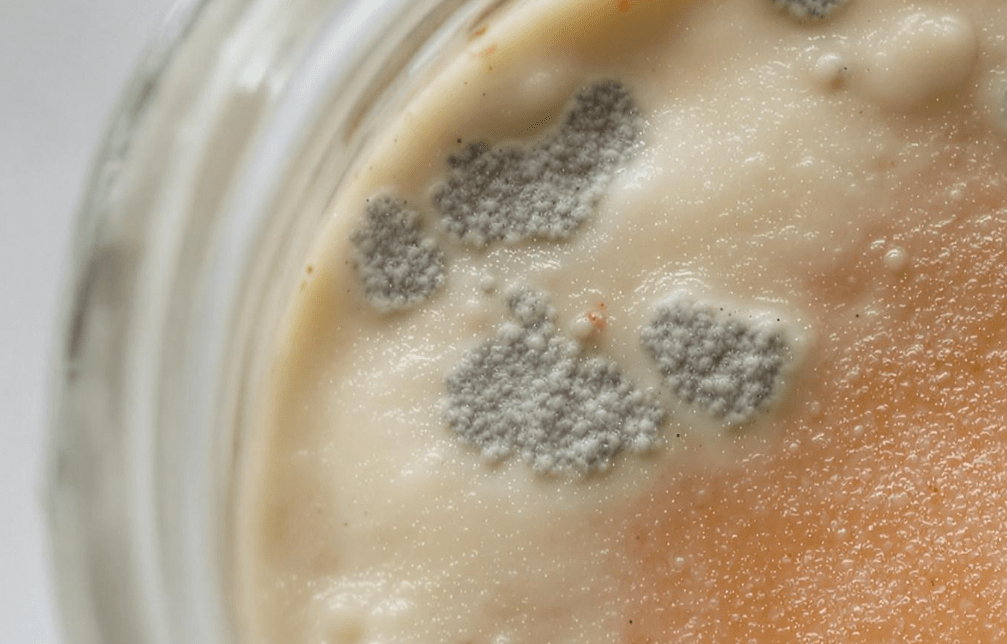
In the image above, the black spots and discoloration suggest mold growth, likely due to improper storage or neglect. Mold can pose health risks, so it’s essential to address it immediately.
Why Mold Happens
- Improper Storage: Storing your starter in a warm, humid environment encourages mold growth.
- Infrequent Feedings: A neglected starter becomes less acidic, making it more susceptible to mold.
- Contaminated Utensils: Using dirty tools or containers can introduce mold spores.
- Low Acidity: A healthy starter’s acidity prevents mold, but if it’s not fed regularly, the pH can rise.
How to Fix or Prevent Mold
- Discard and Restart: If you see mold, it’s safest to discard the starter and begin a new one. Mold spores can penetrate deep into the mixture.
- Use Clean Tools: Always use clean utensils and containers to avoid contamination.
- Feed Regularly: Feed your starter every 1-2 weeks if stored in the fridge, or daily if kept at room temperature.
- Store Properly: Keep your starter in an airtight container in the fridge to slow down microbial growth.
- Monitor Acidity: A healthy starter should smell tangy and acidic, which naturally inhibits mold growth.
Storage Tips
- Refrigerator: Store your starter in a clean, airtight container in the fridge if you’re not using it daily.
- Room Temperature: If you bake frequently, keep your starter at room temperature and feed it daily.
- Freezer: For long-term storage, freeze a portion of your starter in a sealed container.
What to Do with Leftovers
- Discard Moldy Portions: If only the surface is affected, you can try removing the top layer, but this is risky.
- Use Discard for Non-Edible Projects: Moldy starter can be composted or used in non-edible crafts like natural glue.
Frequently Asked Questions
Can I save a moldy starter?
It’s not recommended. Mold spores can spread throughout the starter, even if they’re not visible.
What’s the difference between mold and hooch?
Hooch is a harmless liquid that forms when the starter is hungry. It’s usually clear or brown and can be stirred back in.
How can I prevent mold?
Feed your starter regularly, store it properly, and use clean tools to maintain its health.
Can I use a starter with Kahm yeast?
Yes, Kahm yeast is harmless but should be removed. It appears as a thin, white film and is not fuzzy like mold.
Step-by-Step Guide to Prevent Mold
Step 1: Use Clean Tools
- Wash all utensils and containers with hot, soapy water before use.
Step 2: Feed Regularly
- Feed your starter with equal parts flour and water by weight.
- Stir well and store in a clean container.
Step 3: Store Properly
- Keep your starter in the fridge if not in daily use.
- Ensure the container is airtight but not sealed too tightly to allow gas to escape.
Nutritional Information (per 1 tablespoon of starter)
| Calories | 50 |
|---|---|
| Carbohydrates | 10g |
| Protein | 1g |
| Fat | 0g |
Notes
- Feed your starter with unbleached flour for best results.
- Discard any starter that smells off or has visible mold.
- Keep your starter in a cool, dry place to prevent contamination.
Final Thoughts
Mold on a sourdough starter can be frustrating, but with proper care and maintenance, it’s entirely preventable. By following these tips, you can keep your starter healthy and ready to bake delicious bread. If mold does appear, it’s best to start fresh to ensure safety and quality.



